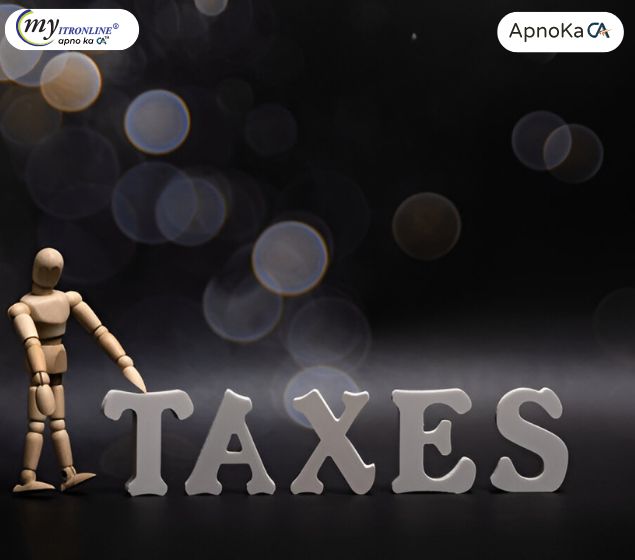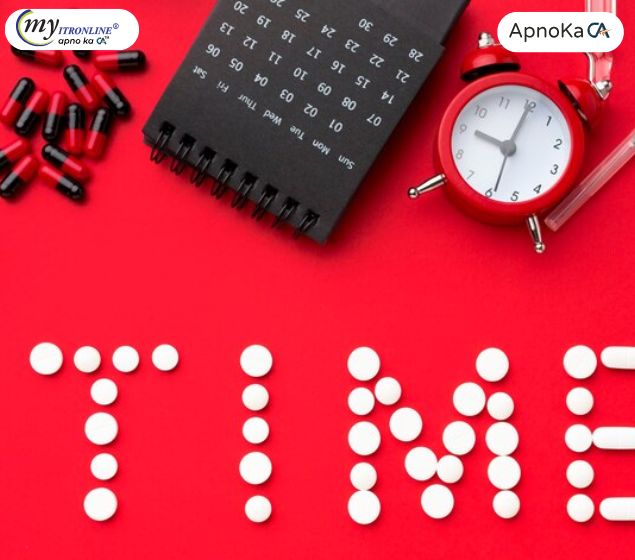# taxindia
12 posts in `taxindia` tag

our Guide to the Income Tax Intimation Password (Section 143(1))
This guide explains the purpose of an Income Tax Intimation notice received under Section 143(1) after filing your ITR. It details why the document is password-protected and provides the precise password format: your PAN number in lowercase followed immediately by your Date of Birth in DDMMYYYY format. Learn the step-by-step process to open the encrypted PDF, understand the calculation comparison within, and know what actions to take based on whether it shows a refund, demand, or no change.

CBDT Notification 23/2025: Impact on Your Form 3CD Tax Audit
This blog outlines the key changes to Form 3CD (Tax Audit Report) implemented by CBDT Notification 23/2025, which takes effect from Assessment Year 2025-26. It discusses possible updates in reporting related to MSME payments, Virtual Digital Assets (VDAs), concessional tax regimes, and depreciation, as well as the necessary steps for both taxpayers and auditors.

Advance Tax Guide for Presumptive Taxation Users (Sec 44AD/44ADA)
This blog explains how opting for presumptive taxation under Sections 44AD (businesses) and 44ADA (professionals) simplifies Advance Tax obligations, requiring only a single payment by March 15th instead of quarterly installments. It covers eligibility, calculation, and non-compliance consequences.

How India's Income Tax Dept Uses AI to Monitor High-Value Transactions
India's Income Tax Department leverages AI and data analytics, including Project Insight and the Annual Information Statement (AIS), to monitor financial transactions, especially high-value ones. This blog explains how the system works, which transactions are watched, the implications for taxpayers, and how to ensure compliance in this new technological era.

Avoid Penalties: The Advance Tax Guide for Indian Influencers (2025)
This guide explains the concept of Advance Tax and its applicability to Indian content creators (YouTubers, bloggers, influencers) for the Financial Year 2025-26. It details how to calculate the liability, discusses the Presumptive Taxation scheme (Sec 44AD/44ADA), outlines payment due dates and methods (Challan 280), explains penalties for non-compliance (Sec 234B/234C), and provides practical tips for creators to manage their tax obligations effectively.

Top 5 ITR Filing Errors for AY 2025-26 and How to Avoid Them
This blog post highlights crucial errors to avoid when filing Income Tax Returns for AY 2025-26 (FY 2024-25). It covers common mistakes like selecting the incorrect Assessment Year or ITR form, failing to report all income sources (interest, dividends, capital gains), discrepancies with Form 26AS/AIS/TIS, incorrect personal and bank details, and neglecting the mandatory 30-day e-verification window. The post emphasizes the importance of accuracy and reconciliation, concluding with advice to seek expert help from services like MyITROnline for a smooth filing experience.

Shares, MF & Property Capital Gains: Reporting Guide for ITR AY 2025-26 (New Rules)
This blog post details how to report capital gains from shares, mutual funds, and property in the Income Tax Return (ITR) for Assessment Year 2025-26 (Financial Year 2024-25). It explains the classification of gains (STCG/LTCG), calculation methods considering grandfathering, the significant impact of the Finance (No.2) Act 2024 changes effective July 23, 2024 (including curtailed indexation and revised tax rates), set-off rules, and specific ITR schedules (like CG and 112A). It also covers capital gains exemptions and emphasizes reconciliation with AIS/TIS.

Good News for Homeowners: ITAT Exempts Redeveloped Flats from Key Income Tax
This blog post details a significant ruling by the Income Tax Appellate Tribunal (ITAT) stating that new flats received by homeowners during redevelopment projects are not taxable as 'Income from Other Sources' under Section 56(2)(x) of the Income Tax Act. It explains the previous tax ambiguity, the details of the ITAT verdict, its positive implications for homeowners and urban renewal, and important considerations like potential capital gains tax.

The deadline for linking PAN and Aadhaar is now extended to December 31st, 2025
The deadline for linking PAN and Aadhaar has been extended by the Indian government to December 31, 2025, for applications that are filed prior to October 1, 2024. Not adhering to this requirement could lead to the PAN becoming inactive and affect financial transactions.
.jpg)
143(1) Intimation Order – A Step-by-Step Guide for Taxpayers
An in-depth manual on Section 143(1) Intimation Orders, discussing the various types, adjustments, response methods, legal implications, and frequently asked questions to assist taxpayers in addressing discrepancies effectively.
.jpg)
TDS on Residential Property Rent: Section 194IB Rules & Rate Change 2024
A comprehensive overview of Section 194IB TDS applicable to residential rental payments exceeding ₹50,000. Discusses the reduction in the tax rate from 5% to 2% starting October 2024, provides calculation examples for the fiscal year 2024-25, outlines the payment procedure using Form 26QC, and details the penalties involved.
.jpg)
Interpreting the CBDT’s Seventh Amendment Rules, 2025: Section 194T and Its TDS Effects.
The 7th Amendment Rules 2025 established by the CBDT introduces Section 194T, which requires a 10% TDS on salaries, bonuses, commissions, and other earnings. Understand its implications, necessary compliance measures, and how both businesses and individuals should adjust.
